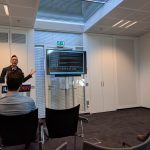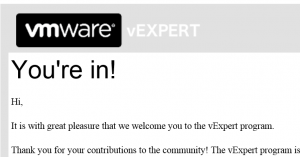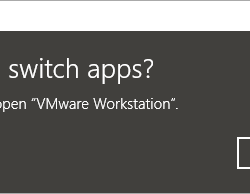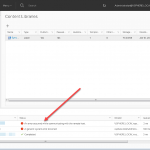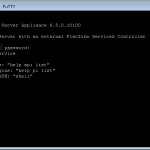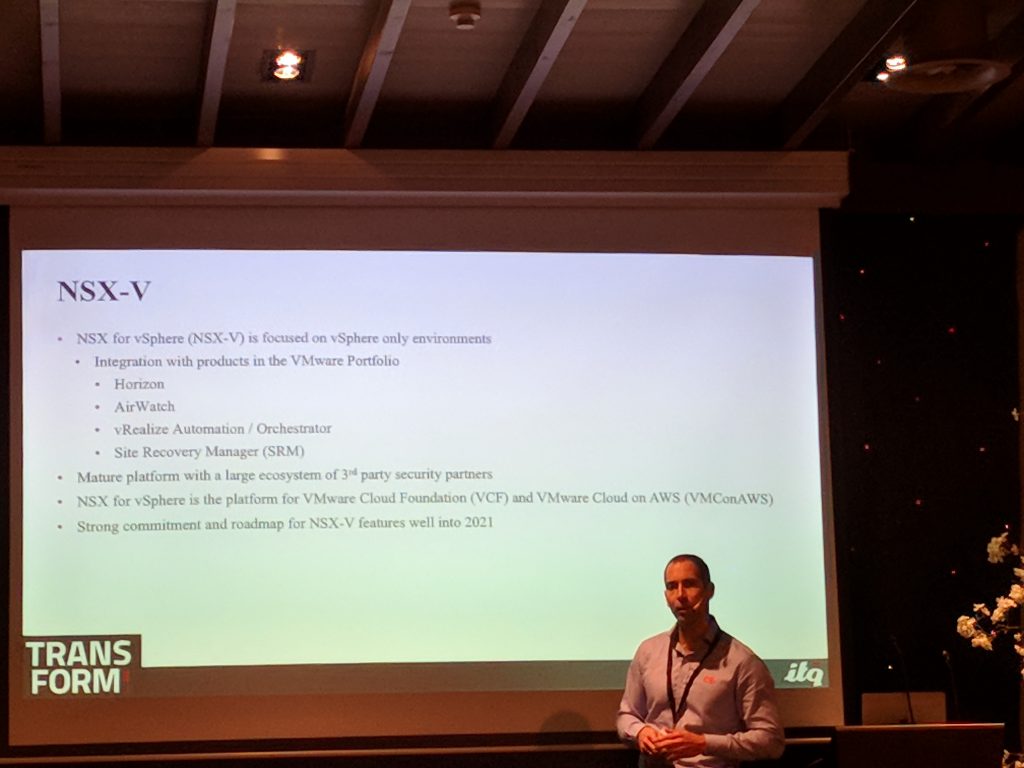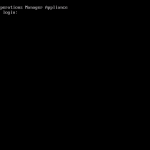Overview
On the 28 of February VMware PowerCLI 10.0.0 was released. The biggest change in this release is the multi-platform support which includes the support for Mac OS and Linux. Oh and they kind of increased the version number a bit… from 6.5.X to 10.0.0 ;).
So I decided to upgrade PowerCLI in my Lab environment. In my Lab environment, I have a Windows 10 virtual machine that runs as an Administrator Workstation. The upgrade was very smooth and it took about one minute but after the upgrade, no connections were possible with my vCenter server.
The following error was displayed in the PowerShell prompt, screenshots are displayed below:
Error: Invalid server certificate. Use Set-PowerCLIConfiguration to set the value for the InvalidCertificateAction option to Prompt exception for this server.
It appears that they have changed the default PowerCLI behaviour regarding certificates.
Solution
Note: The solution I offer below is going ignore the SSL certificate checking, make sure this is something you want. A better way to validate this is to sign the certification of the vCenter Server with for example an Enterprise Certificate Authority. A write-up can be found here.
Procedure:
- After the PowerCLI 10.0.0 upgrade on your system, you try to connect to your vCenter Server, but you receive the following error (image 01).
- The error is pointing us to the following PowerCLI command-let “Get-PowerCLIConfiguration” (image 02). It appears that based on the output of the command the “InvalidCertificateAction” is configured as “Unset“.
- Let’s look at the possible settings available for “InvalidCertificateAction” (image 03). In my case “Ignore” is the best option because I’m running a test environment.
- Let’s change the setting to “Ignore” to disable the certificate check (Image 04).
- Now it’s time to connect with your vCenter Server again (Image 05).
- Everything should be working again without certificate warning messages.



